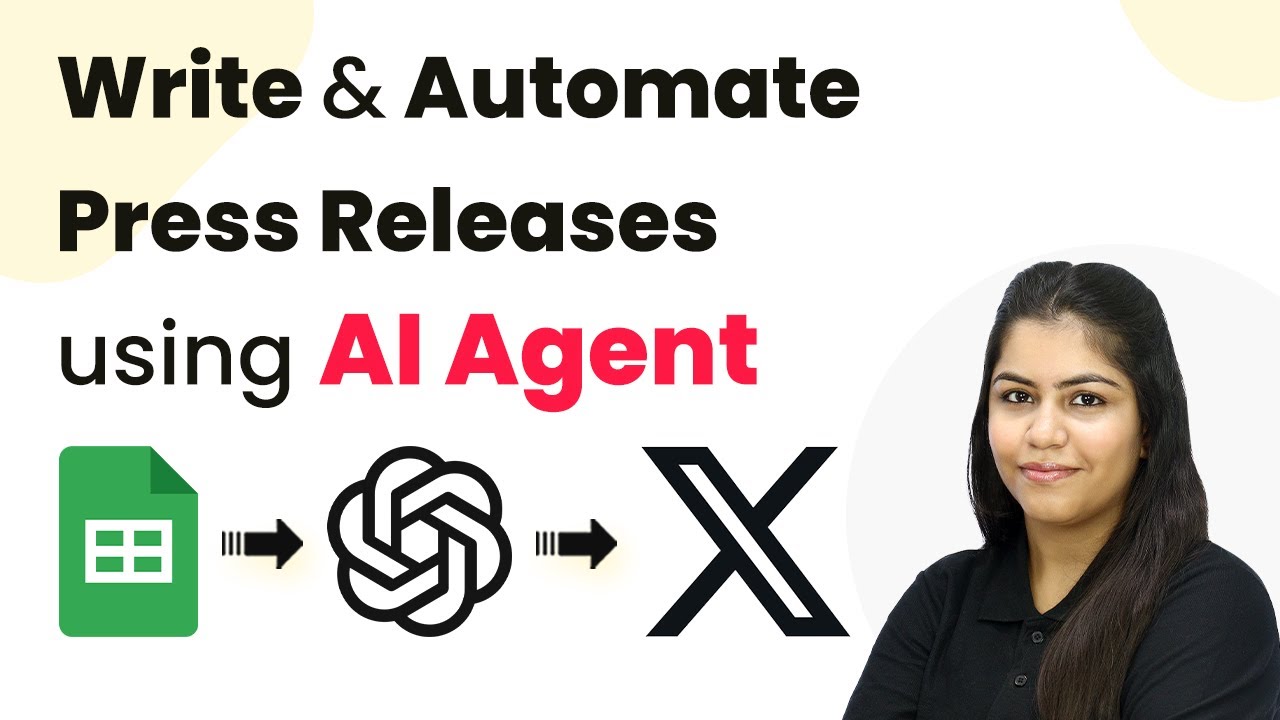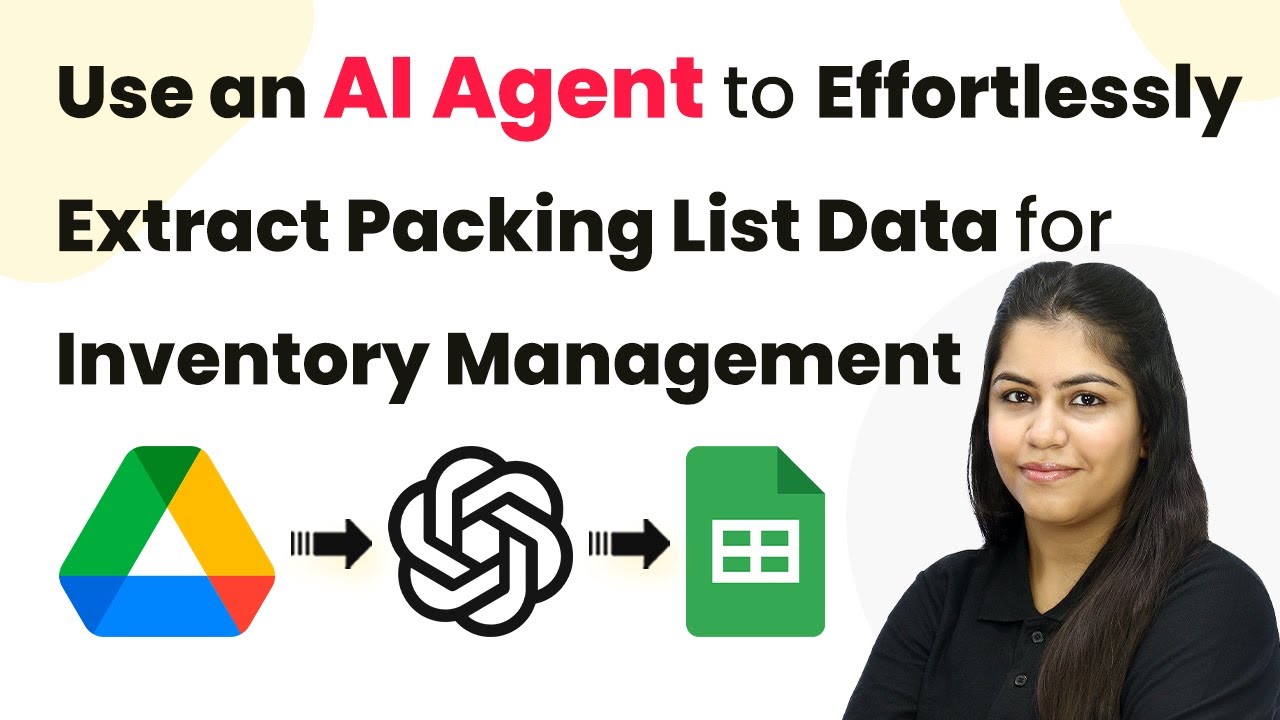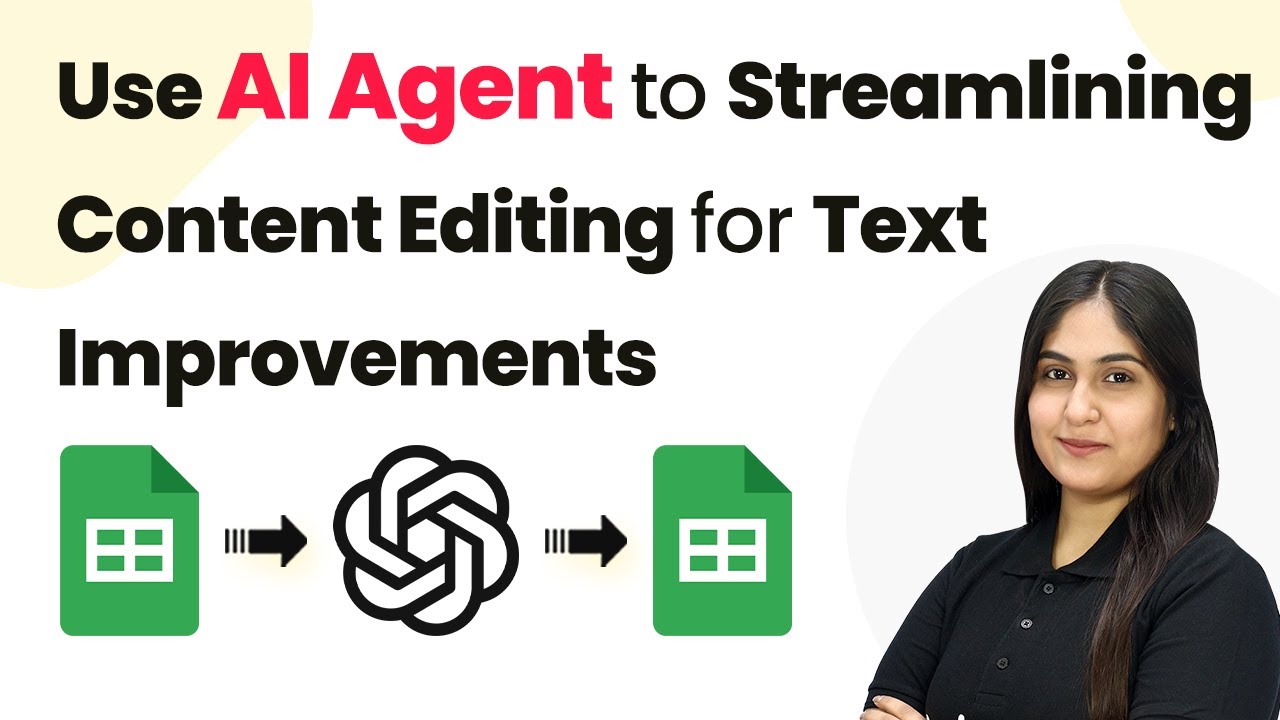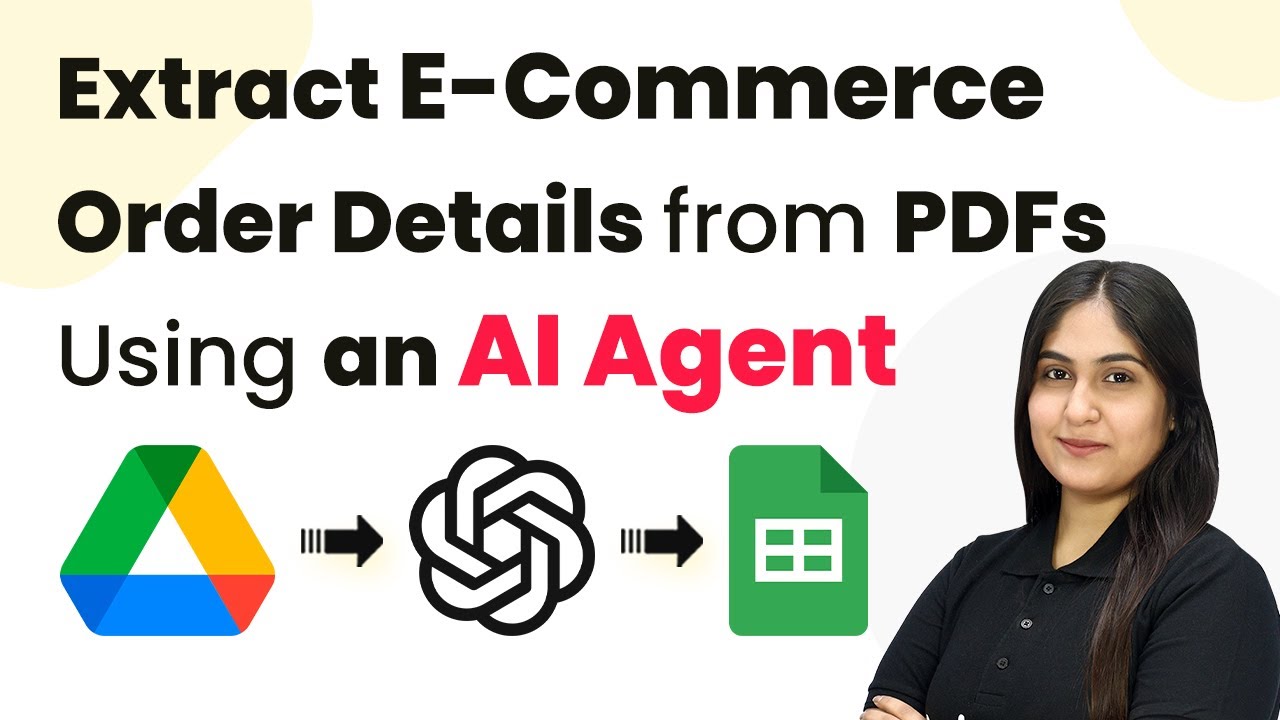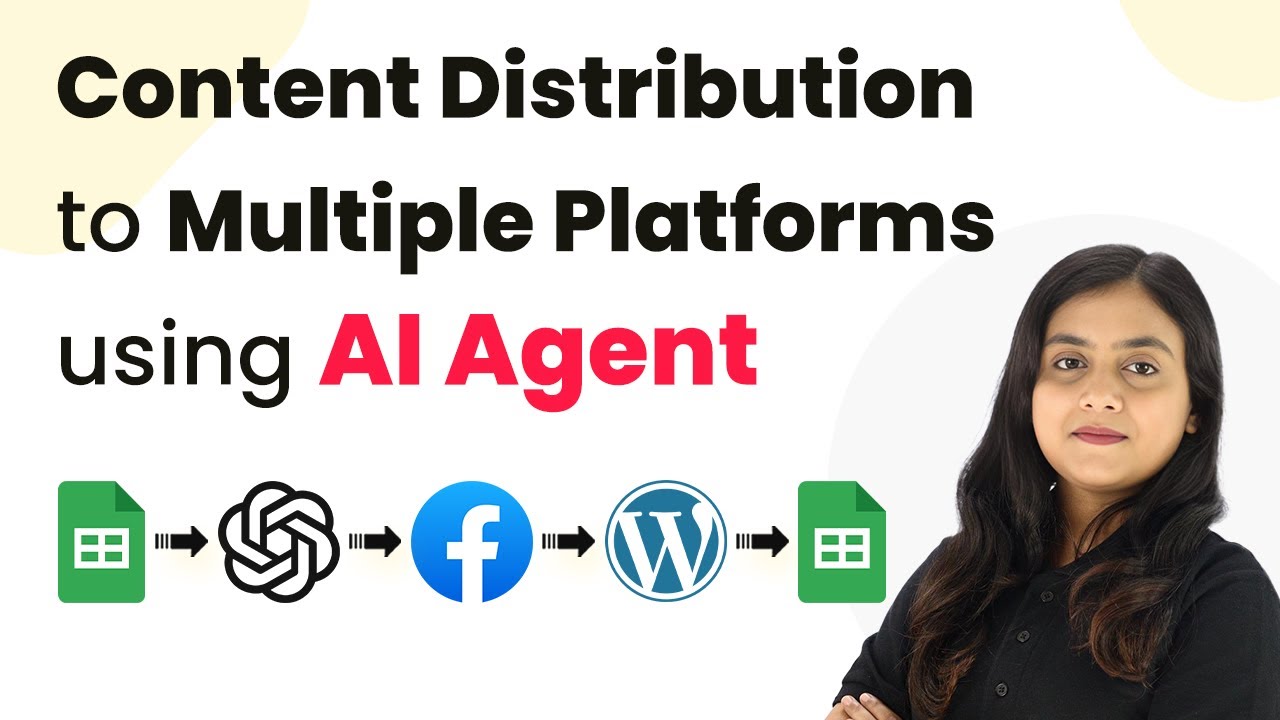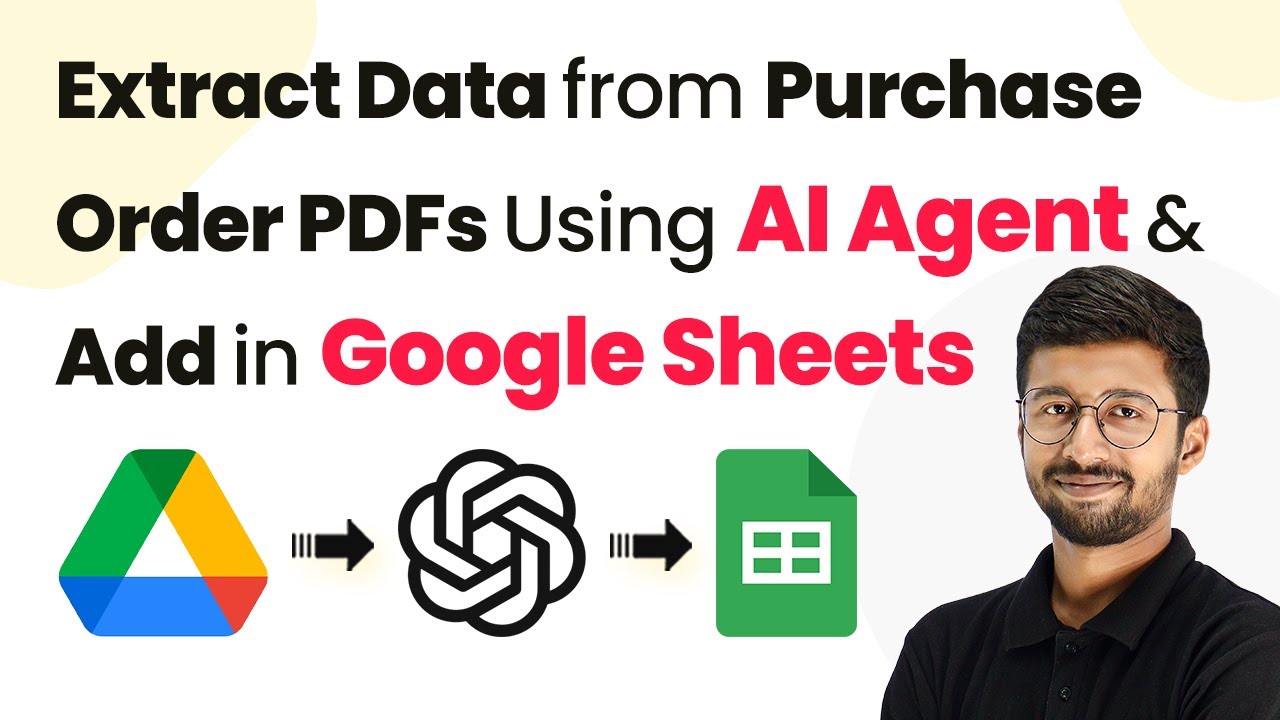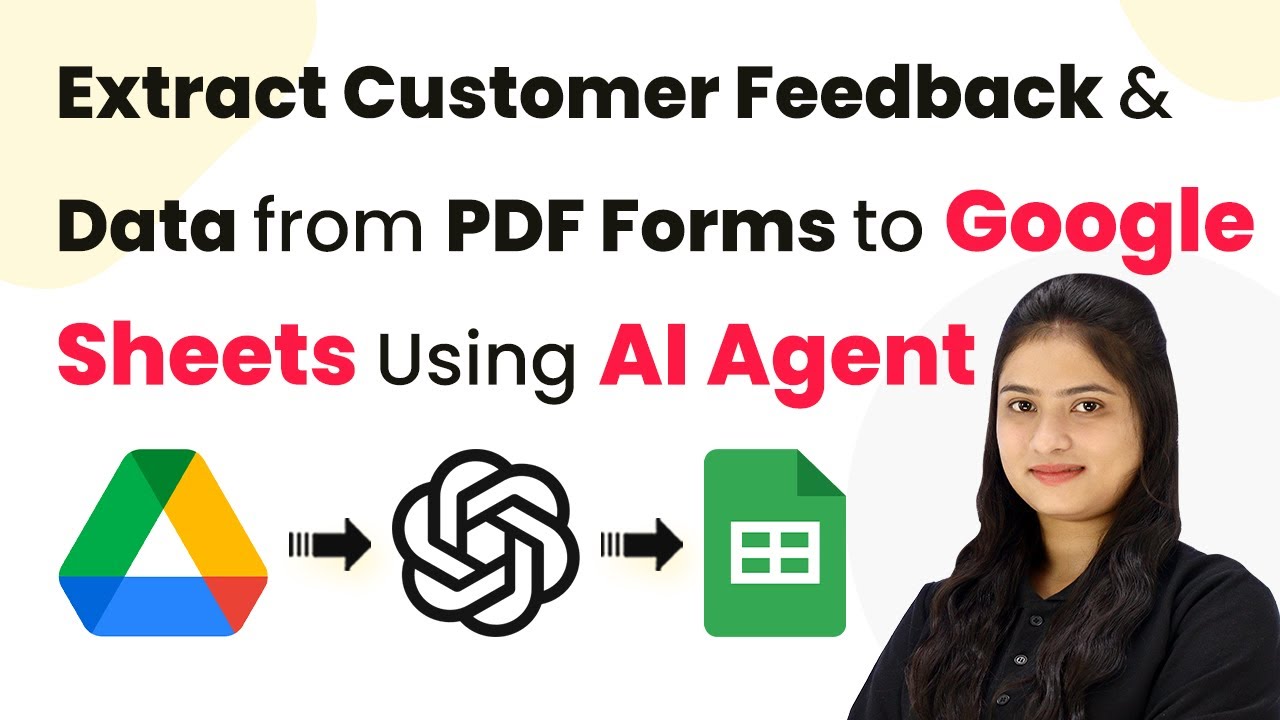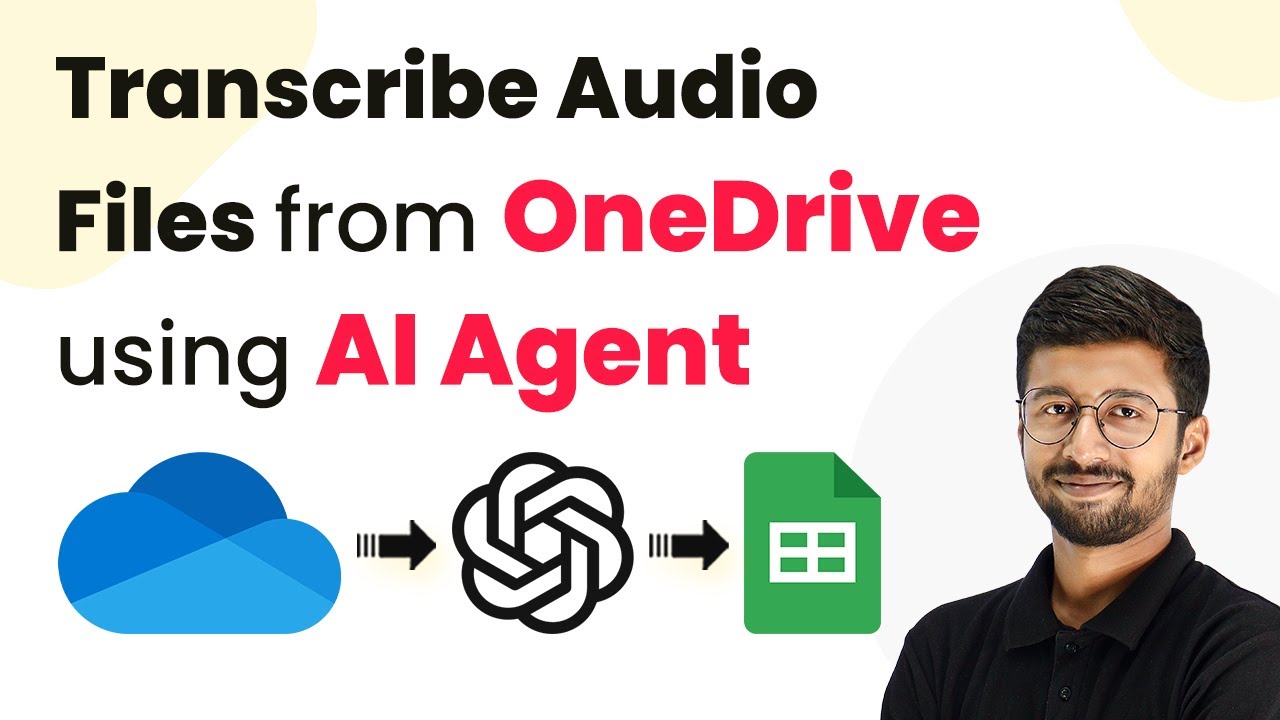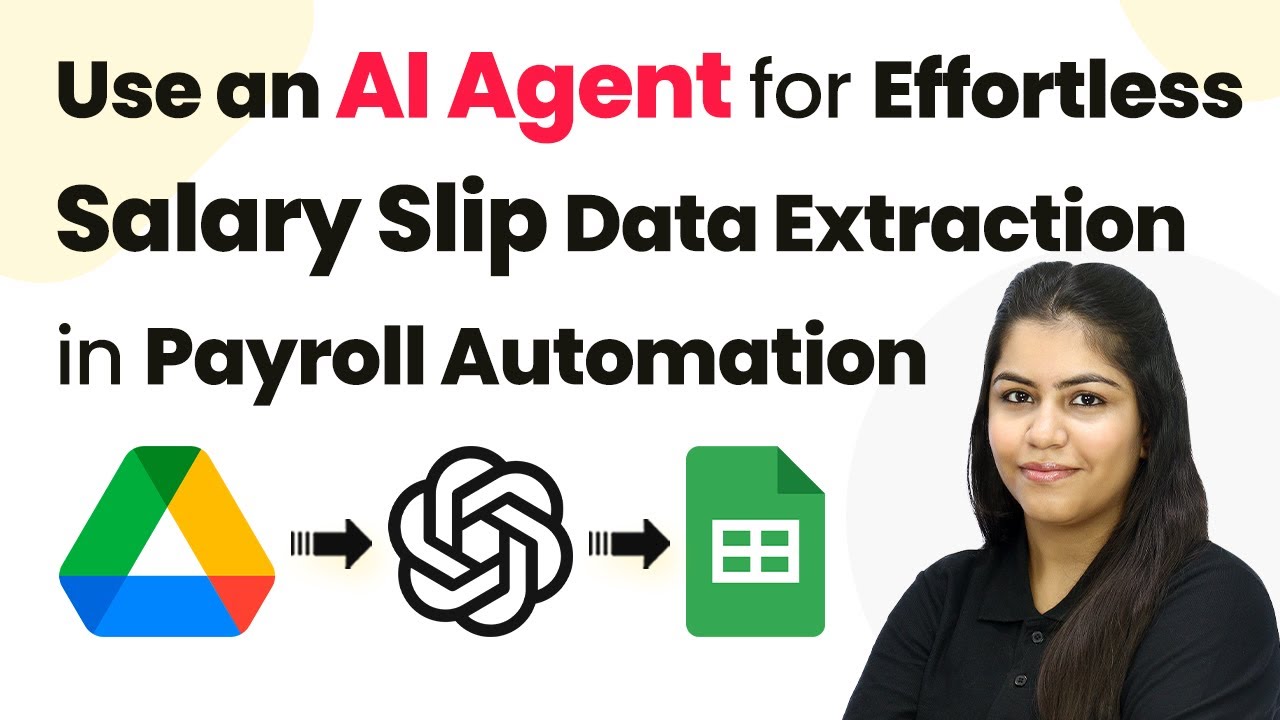Learn how to automate image creation from Google Forms submissions using Pabbly Connect, integrating Google Drive, Gmail, and AI agents seamlessly. Revolutionize your productivity approach with just a few strategic clicks. Uncover professional methods for connecting applications and creating workflows that reclaim hours of your week.
Watch Step By Step Video Tutorial Below
1. Accessing Pabbly Connect for Integration
To create images on Google Forms submission using Pabbly Connect, you first need to access the platform. Visit Pabbly Connect by navigating to Pabbly’s official website and logging into your account. If you are a new user, you can sign up for free and get started with 100 tasks monthly.
Once logged in, you will be taken to the dashboard where you can create and manage your workflows. Click on the Pabbly Connect option from the applications menu to begin setting up your automation process.
2. Creating a New Workflow in Pabbly Connect
In this section, you will create a new workflow to automate image generation upon Google Forms submission. Start by clicking on the Create Workflow button. You will need to name your workflow appropriately, such as ‘Create Images on Google Forms Submission’.
- Select a folder for your workflow to be saved in.
- Click on the Create button to finalize your workflow setup.
After creating the workflow, you will see two boxes appear: one for the trigger and another for the action. The trigger will be set to Google Forms submission, while the action will involve generating an image using an AI agent.
3. Setting Up Google Forms Trigger in Pabbly Connect
Now it’s time to set up the Google Forms trigger. Click on the trigger box and select Google Forms as your application. Choose the event as New Response Received. This will allow Pabbly Connect to capture any new submissions made through your Google Form.
Next, you will need to connect your Google account. Follow the prompts to authorize Pabbly Connect to access your Google Forms. Once connected, select the form you want to use for this integration.
4. Connecting AI Agent and Gmail for Image Generation
In this step, you will connect an AI agent, such as OpenAI, to generate images based on the responses received from Google Forms. Click on the action box and select OpenAI as the application. For the event, choose Generate Image.
Map the fields from the Google Forms submission to the corresponding fields in OpenAI. Ensure that you provide the necessary details like the prompt for image generation, which will be based on the user’s inputs. After setting this up, connect Gmail to send the generated image to the user.
- Select Gmail as the application for the action step.
- Choose Send Email as the action event.
Map the recipient’s email address from the Google Forms submission and include the image link generated by the AI agent in the email body.
5. Testing and Verifying the Automation
After setting up your workflow, it’s crucial to test the automation to ensure everything works as expected. Submit a test response through your Google Form. Check your email to verify that you receive the generated image as intended.
If everything is set up correctly, you should see a confirmation email with the generated image based on the details you provided in the form. This process highlights how effectively Pabbly Connect integrates Google Forms, AI agents, and Gmail to automate tasks seamlessly.
Conclusion
By using Pabbly Connect, you can easily automate the image creation process from Google Forms submissions, integrating various applications like Google Drive, Gmail, and AI agents. This setup not only saves time but enhances productivity by streamlining workflows efficiently.
Ensure you check out Pabbly Connect to create business automation workflows and reduce manual tasks. Pabbly Connect currently offer integration with 2,000+ applications.
- Check out Pabbly Connect – Automate your business workflows effortlessly!
- Sign Up Free – Start your journey with ease!
- 10,000+ Video Tutorials – Learn step by step!
- Join Pabbly Facebook Group – Connect with 21,000+ like minded people!

